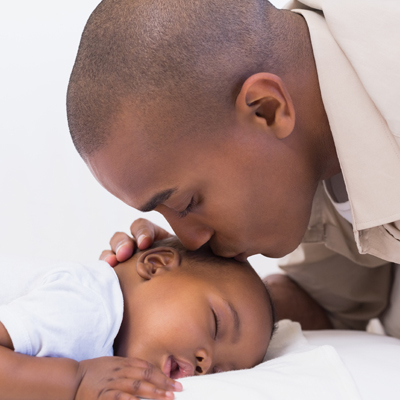If you’re soon to have a baby, you know you have to make some changes in your living areas to prepare for your infant’s arrival. Many people find that self storage can be a huge help when setting up a nursery.
Clear out a room
You’ll want to convert one of your rooms into a nursery. That means clearing out items that currently live there. You’ll also want to clear out some breakable knick-knacks and other items that aren’t baby-proof.
A storage unit might come in handy for the displaced items. Furniture, especially, may be useful when the child is older and will be safe in storage until you need it again. You’ll want to keep some memorabilia as the child grows. And later on, you might want to pass down items your youngster has outgrown. They’ll stay out of the way in storage.
You might also need to store the items you’ve purchased while getting the nursery ready for your baby. Maybe your baby isn’t due for seven months, but you’ve already bought or borrowed the perfect crib set and grandma has knitted piles of baby clothes for the tyke.
Be sure to label boxes and arrange the unit so you can find what you need at the right time. You don’t want to discover an outfit for a newborn at the bottom of a box months too late for the baby to wear it.
First steps
In the beginning all you really need is a crib, dresser and a rocking chair. No need to clutter up the room with excess furniture. You could also find furniture that can grow with the baby; options like cribs that convert into toddler or twin-size beds can save you both space and money.
Take a close look at the furniture in all of your rooms to see whether it poses a hazard for baby. Your coffee table might have sharp metal or glass edges, and your glass end tables could shatter when your crawler is learning to pull himself up. And what if a child crawls under the coffee table – then tries to stand up?
Clearing out the dangerous objects also allows for space to toss down a blanket and let your infant bat at a mobile-style play gym or learn to scoot. And don’t leave anything a child could be trapped inside. Ideally, you’ll want toy chests that have cutouts or space between the box and the lid.
Baby proof the house
Baby proof the house. Place safety caps over electric sockets, and baby locks on drawers, cupboards and toilets. Additionally, move cleaning supplies and medications up high.
Install gates
Before bringing baby home, put up baby gates to close off restricted areas and separate pets.
Secure furniture
Identify any furniture that could tip or fall – including televisions — and secure them to the walls. That way they can’t be pulled over as your child grows.
In addition, equip your home with fire extinguishers and carbon monoxide detectors.
Use all available space
Make good use of whatever space you have available to store all the baby gear you accumulate.
- Consider drawers or boxes that can fit under the crib for clothing, supplies, or toys.
- Install a second closet rack underneath your regular for baby clothes, or store items in baskets on the top shelf.
- If you prefer vertical storage, put shelves or bookcases against the walls to hold books and toys.
- Another option is furniture that doubles as storage. You could, for example, use a dresser as a changing table, while an ottoman in front of the rocking chair could hold extra blankets or supplies.
Keep things organized within the nursery itself. For example, designate an area specifically for nursing or feeding, one for changing and one for sleeping. Keep everything you need for a late night feeding or changing in a particular spot.
Organize other rooms
- Create storage for bath toys, baby shampoo and soap. A mesh storage bag neatly holds wet toys in the bathtub.
- Make room in the kitchen for bottles, bottle cleaners, nipples, pacifiers, formula and baby food. If space is limited, you may want to put some of your dishes into storage.
- Put a basket in the living room or den to store toys and books.
- An over-the-door shoe rack can organize singlets, socks and toys, freeing up space in your drawers. A strong hook on a door can also create a sneaky place to store a stroller.
A storage unit can be a big help when your baby arrives. Not only will it help you create more storage space in your home, you can use it to store items you’ll need in the future, such as hand-me-downs from friends or family members that won’t fit for several months. That also goes for toys or furniture you won’t need until the baby gets older.
Then again, you might want to hang onto the bassinet, the changing table and the crib for a time after the child outgrows it – until you decide when, or if, you will have another child.

